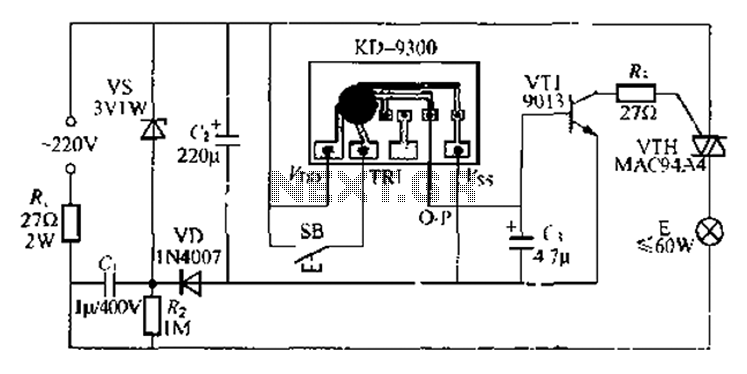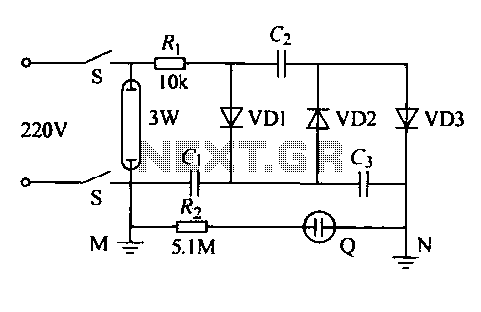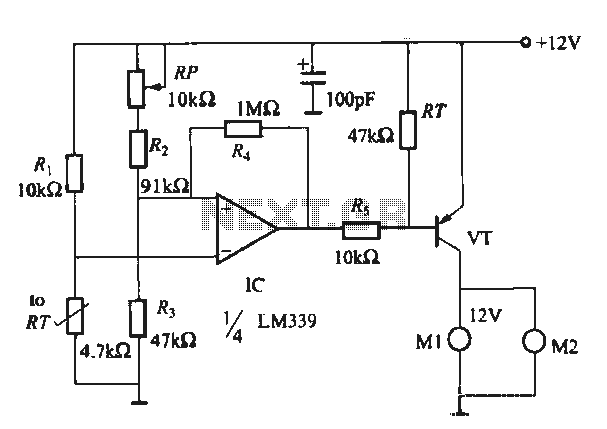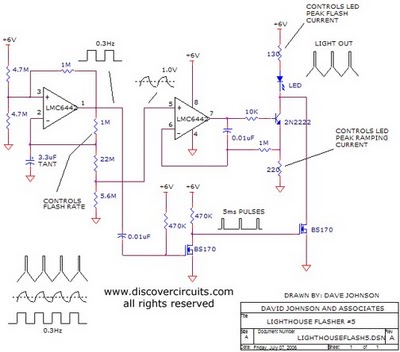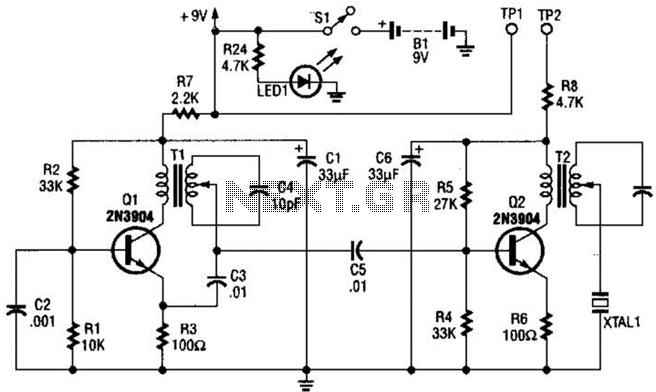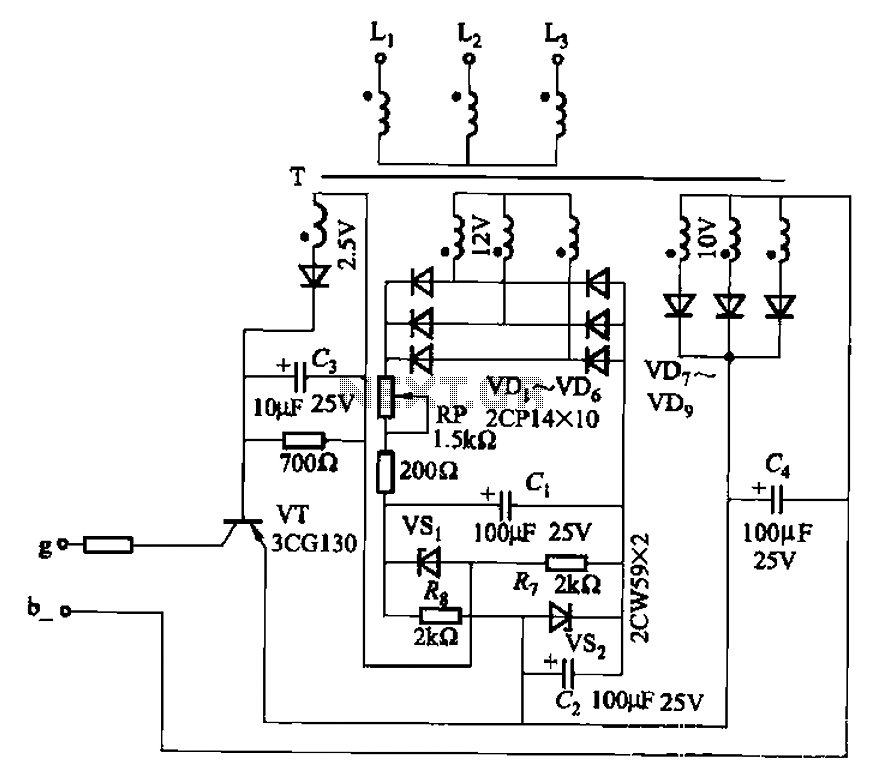
The MSC1210 Typical External Reset Circuit Schematic
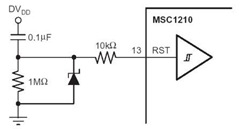
A flash memory schematic can be created using various reset sources, including power-on reset, external reset, software reset, watchdog timer reset, and brownout reset. The accompanying figure illustrates a recommended external reset circuit for the MSC1210, which includes a suggestion for a 10 kΩ resistor for any configuration of this reset type. According to the MSC1210 datasheet, an external reset is performed by driving the RST pin high for two periods of tOSC. This action halts device operation, ceases crystal oscillation, and causes all digital pins to be pulled high. Subsequently, the RST pin is driven low to initiate the reset procedure.
The flash memory schematic involving the MSC1210 microcontroller incorporates several critical reset mechanisms that ensure reliable operation across various scenarios. The power-on reset provides an initial state for the device when power is applied, while the external reset allows for manual or external control over the device's state. Software reset can be triggered through specific instructions in the code, enabling the program to recover from errors or to restart processes without physical intervention.
The watchdog timer reset serves as a fail-safe mechanism, resetting the device if it becomes unresponsive due to software malfunctions. The brownout reset protects the device from operating under insufficient voltage conditions, which could lead to unpredictable behavior.
The recommended external reset circuit for the MSC1210, featuring a 10 kΩ resistor, is designed to ensure that the RST pin is adequately pulled high during the reset process. This resistor value is optimal for balancing the response time and power consumption of the circuit. When the RST pin is driven high for two tOSC periods, it effectively halts all operations, ensuring that the microcontroller is in a safe state before executing a reset. After this period, pulling the RST pin low initiates the reset sequence, allowing the device to resume normal operation.
In summary, this flash memory schematic provides a robust framework for managing various reset conditions in the MSC1210 microcontroller, ensuring reliable performance and stability in electronic applications.and Flash Memory schematic that can be done from the following sources: power-on reset, external reset, software reset, watchdog timer reset, and brownout reset. The figure (click to enlarge) shows a recommended external reset circuit for the MSC1210 with the serial 10kOhm resistor recomendation for any configuration of this reset type.
According t othe MSC1210 datasheet, you willperform an external resetby taking RST pin high for two tOSC periods as this stops device operation, crystal oscillation, causes all digitall pins to be pulled high from that point and then followed by taking the RST pin low that initiates the reset procedure. 🔗 External reference
The flash memory schematic involving the MSC1210 microcontroller incorporates several critical reset mechanisms that ensure reliable operation across various scenarios. The power-on reset provides an initial state for the device when power is applied, while the external reset allows for manual or external control over the device's state. Software reset can be triggered through specific instructions in the code, enabling the program to recover from errors or to restart processes without physical intervention.
The watchdog timer reset serves as a fail-safe mechanism, resetting the device if it becomes unresponsive due to software malfunctions. The brownout reset protects the device from operating under insufficient voltage conditions, which could lead to unpredictable behavior.
The recommended external reset circuit for the MSC1210, featuring a 10 kΩ resistor, is designed to ensure that the RST pin is adequately pulled high during the reset process. This resistor value is optimal for balancing the response time and power consumption of the circuit. When the RST pin is driven high for two tOSC periods, it effectively halts all operations, ensuring that the microcontroller is in a safe state before executing a reset. After this period, pulling the RST pin low initiates the reset sequence, allowing the device to resume normal operation.
In summary, this flash memory schematic provides a robust framework for managing various reset conditions in the MSC1210 microcontroller, ensuring reliable performance and stability in electronic applications.and Flash Memory schematic that can be done from the following sources: power-on reset, external reset, software reset, watchdog timer reset, and brownout reset. The figure (click to enlarge) shows a recommended external reset circuit for the MSC1210 with the serial 10kOhm resistor recomendation for any configuration of this reset type.
According t othe MSC1210 datasheet, you willperform an external resetby taking RST pin high for two tOSC periods as this stops device operation, crystal oscillation, causes all digitall pins to be pulled high from that point and then followed by taking the RST pin low that initiates the reset procedure. 🔗 External reference
